'Hive' Weapons
Pact ‘hive’ weapons have their origin point in a humble networked micro-drone. Initially used for reconnaissance, these finger-sized flyers were soon upgraded to crash into targets and overload their power packs for an offensive role. Thus the Hornet Grenade was born and remains an important close-range weapon for Pact anti-zeo support.
However, individual Hornet drones have strictly limited functionality without a supporting network of their kind and must rely on almost immediate target acquisition to strike a target.
The zeo-portable Hivestream and larger Hivecore arrays are, as their name suggests, literal hives of micro-drones where the drones themselves are constantly replicating (subject to mass availability). When this weapon is fired, several scouts are dispatched followed by a swarm of armed Hornets to attack anything in the designated target area. Most interestingly, unlike the support-launched version, the Hivestream and Hivecore are capable of sending Hornets in different attack configurations.
In addition to the conventional shock/impact dive-death, Hornets can be set to shred their own metallized carapaces to form an electromagnetically charged cloud of chaff capable of shorting out circuitry and disrupting power supplies.
Thermal and explosive yields from Hornets must be disappointing even when deployed en masse, as these are never reported in use by hive weapons. It is likely the Pact simply has better and more direct ways of delivering such attack types when desired.
One of the most respected analysts, known both for highly detailed breakdowns and post-engagement evaluation as well as more informal “pop” texts is “Drew Chambert” (a nom de plume). Little is known about this writer except it is evident they are or have been a zeo designer, possibly even a pilot at some point, and have some quite deep connections into both Pact and GuardCorps operations. Their writings and audiocasts are available across all one hundred heliospheres to a greater or lesser extent.






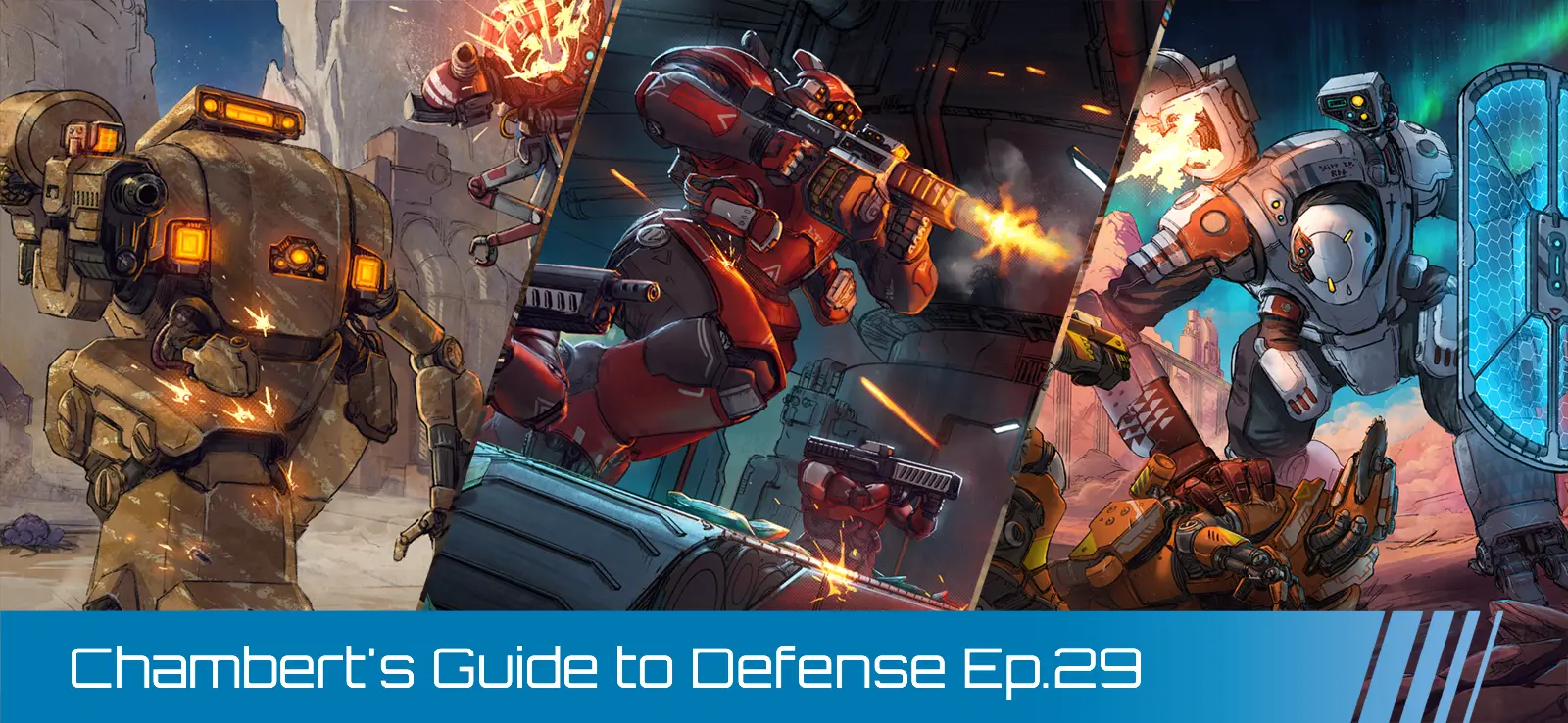
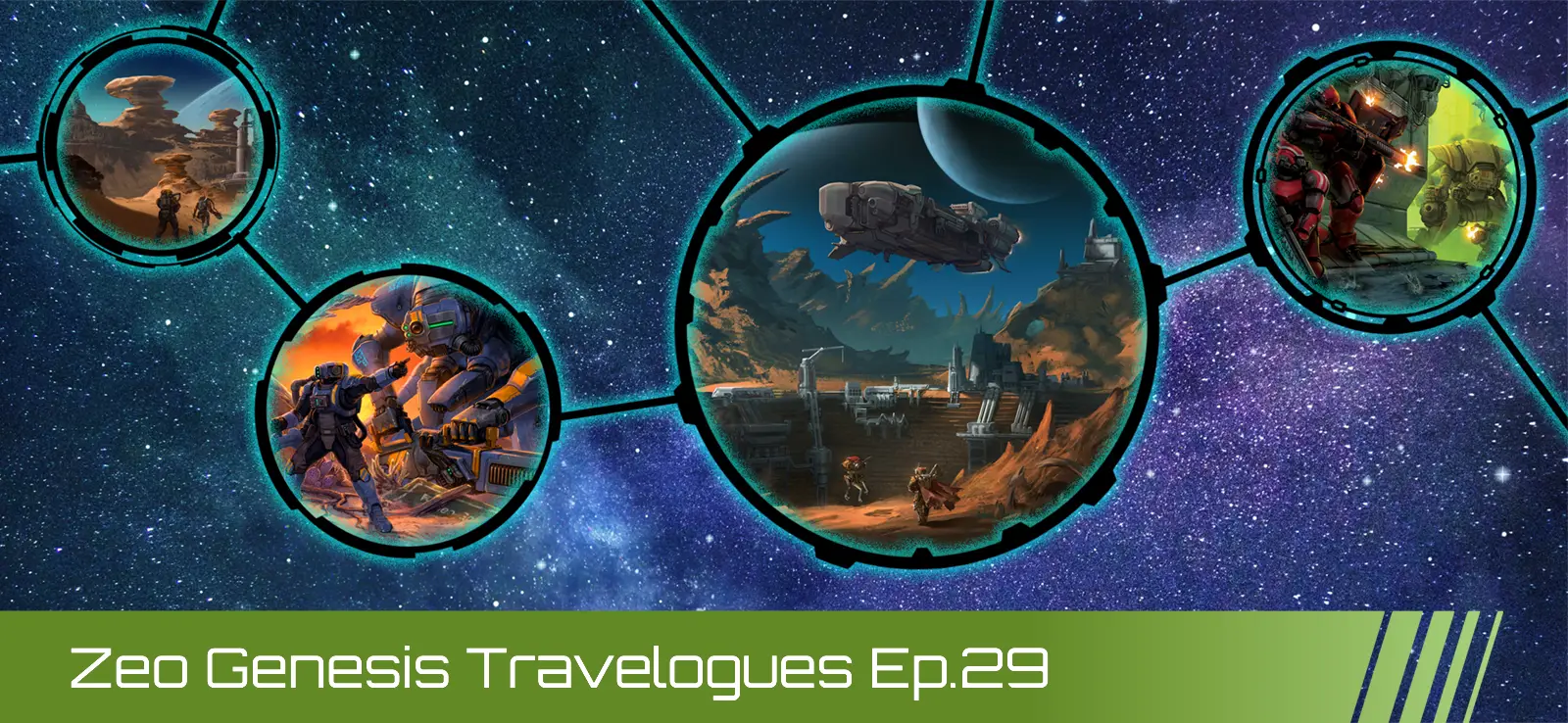
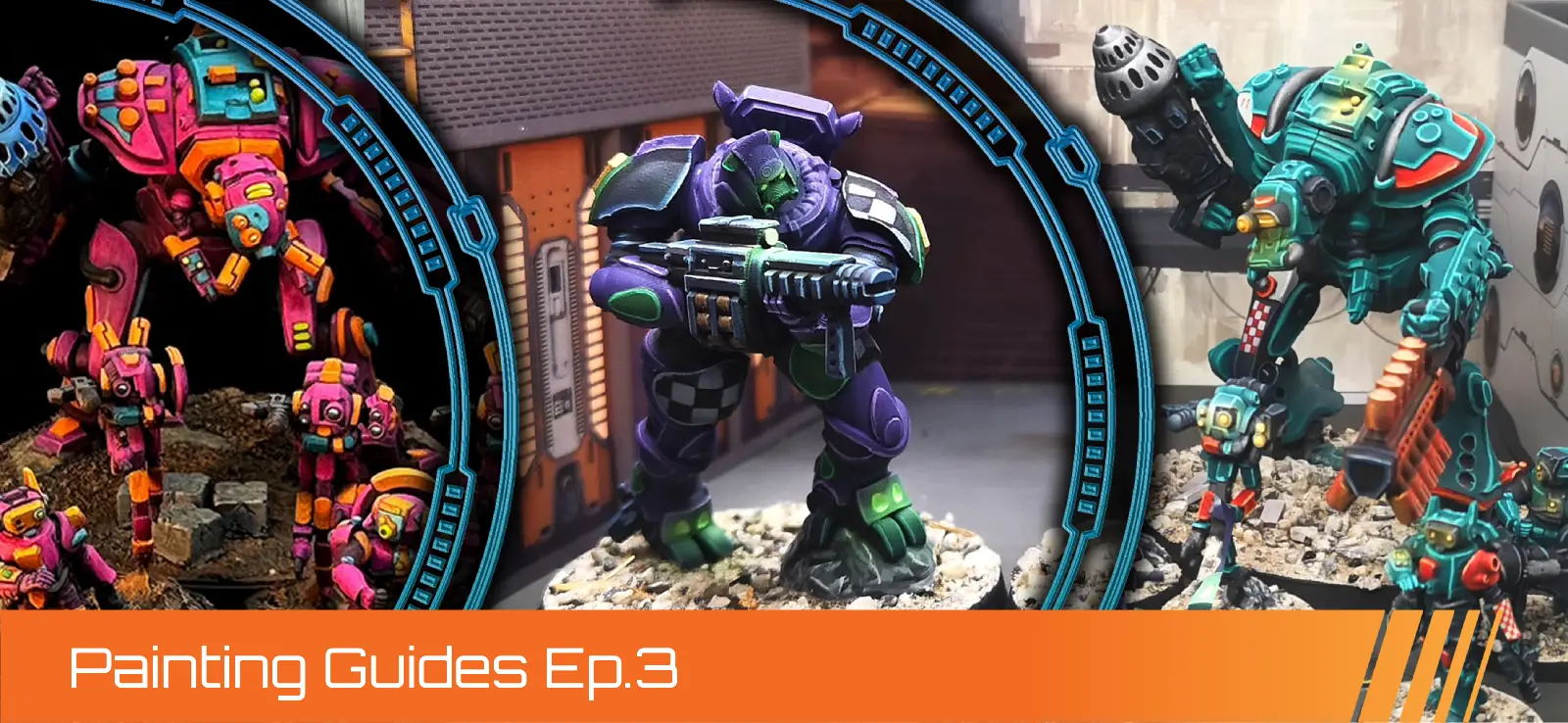
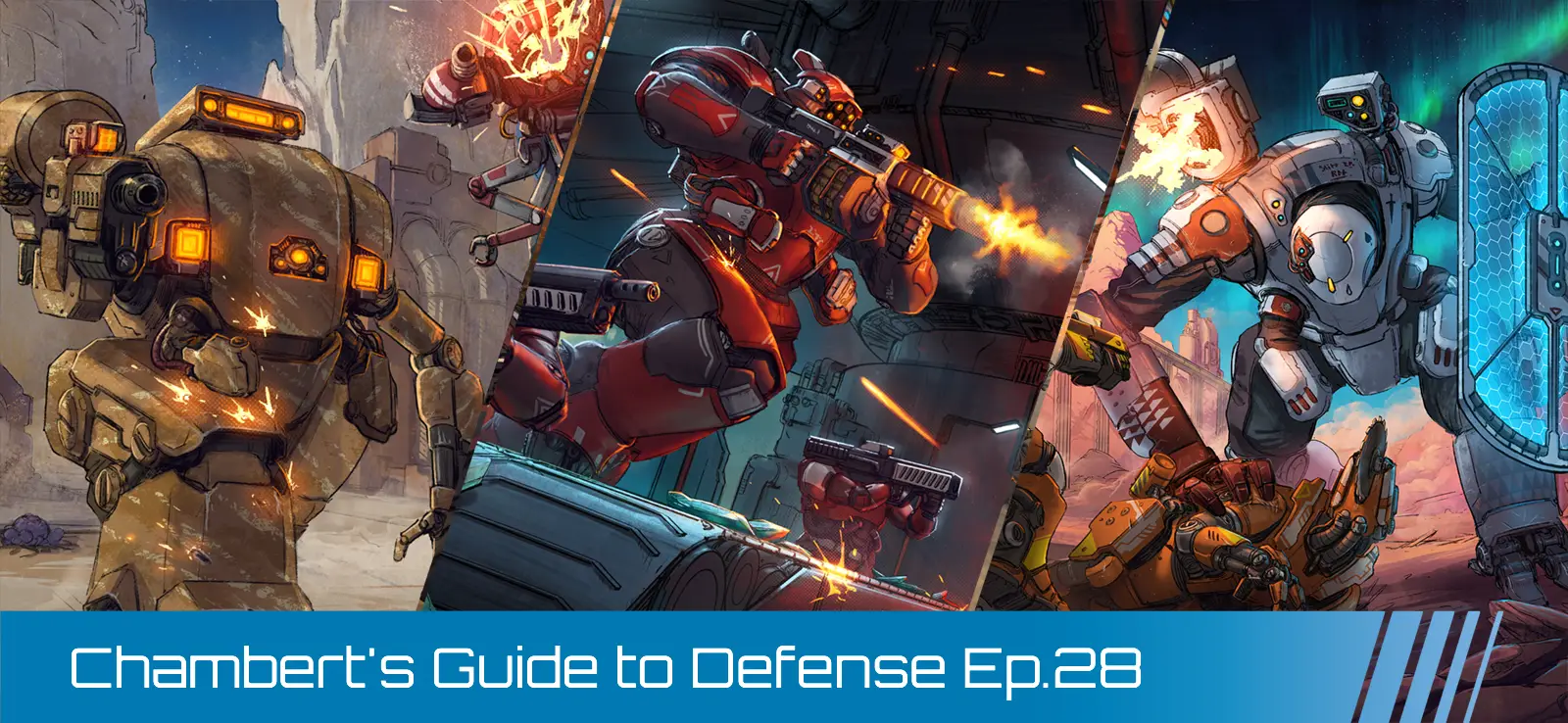
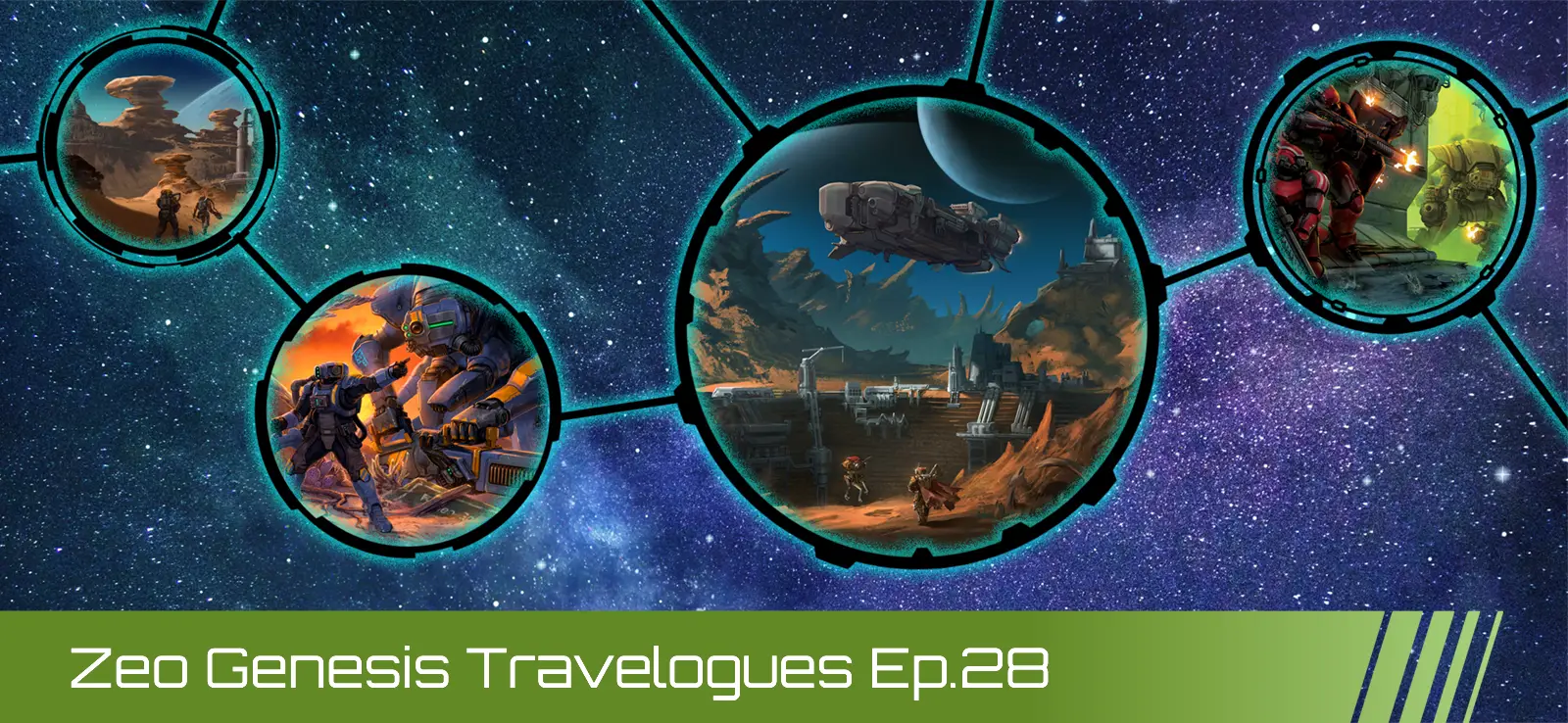
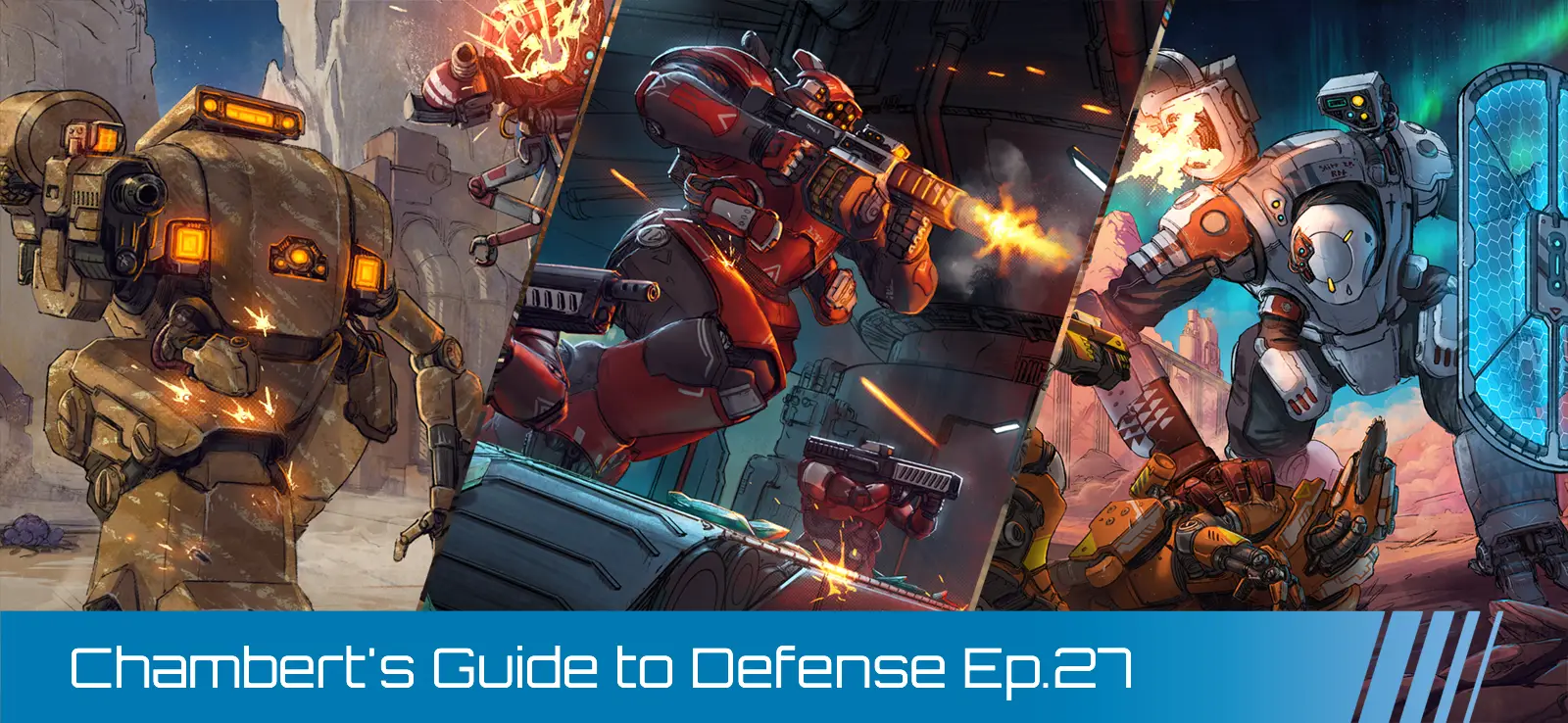
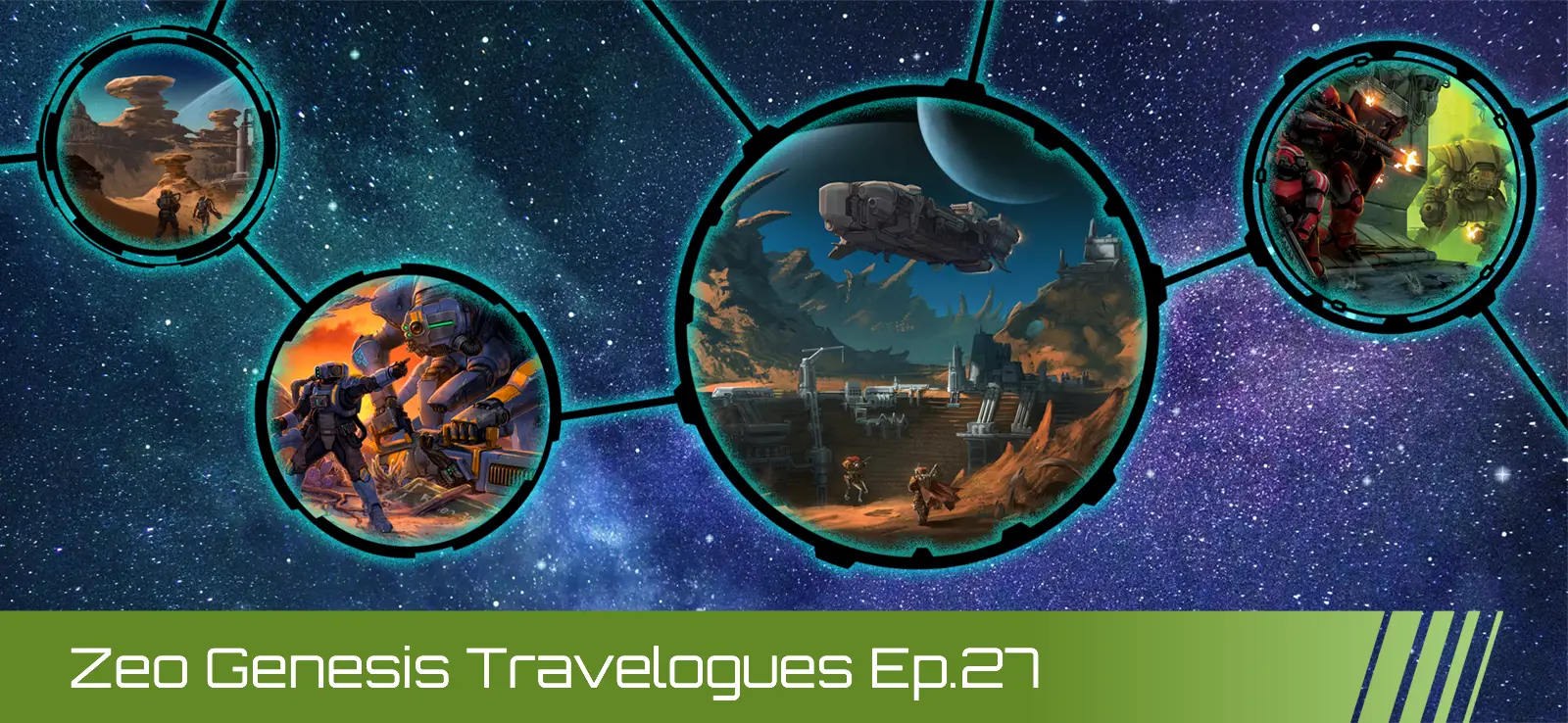
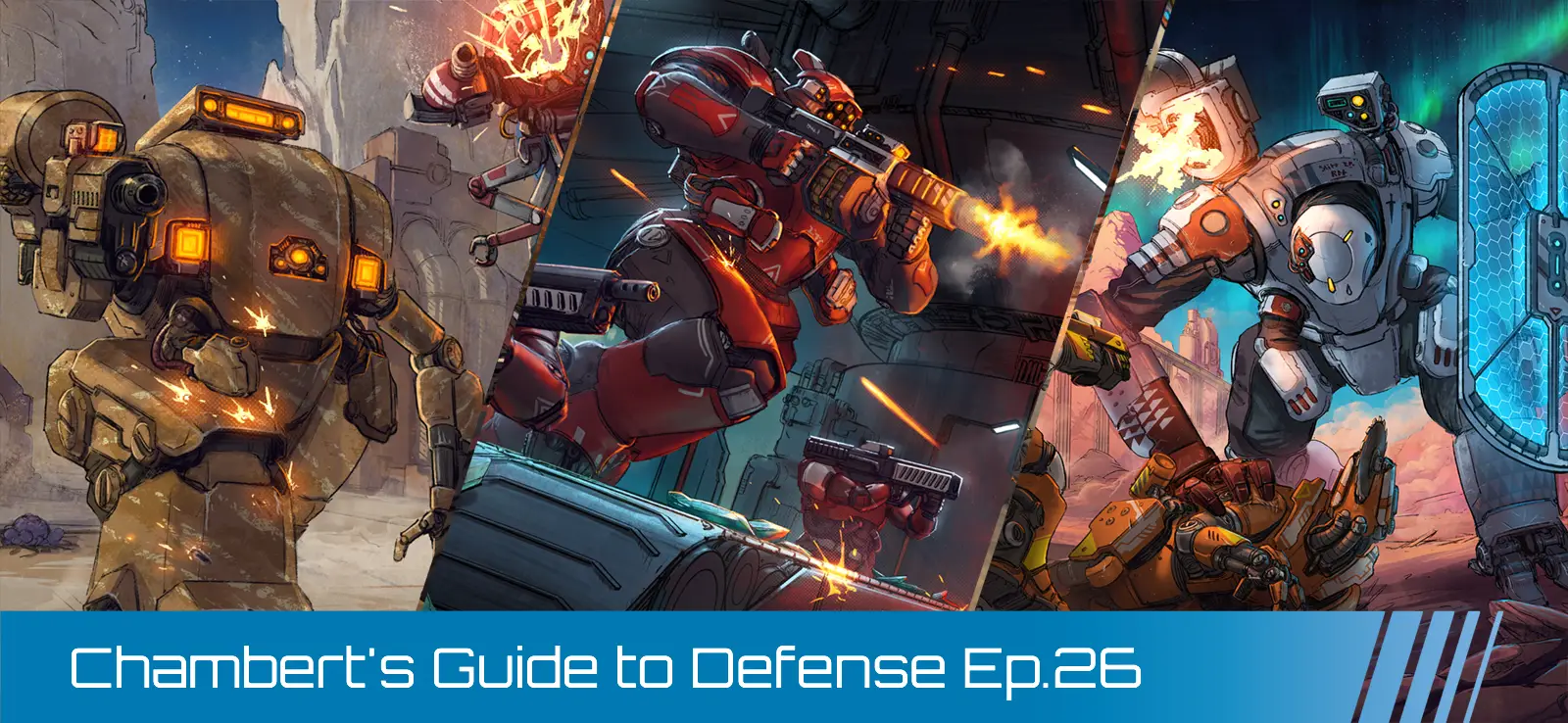
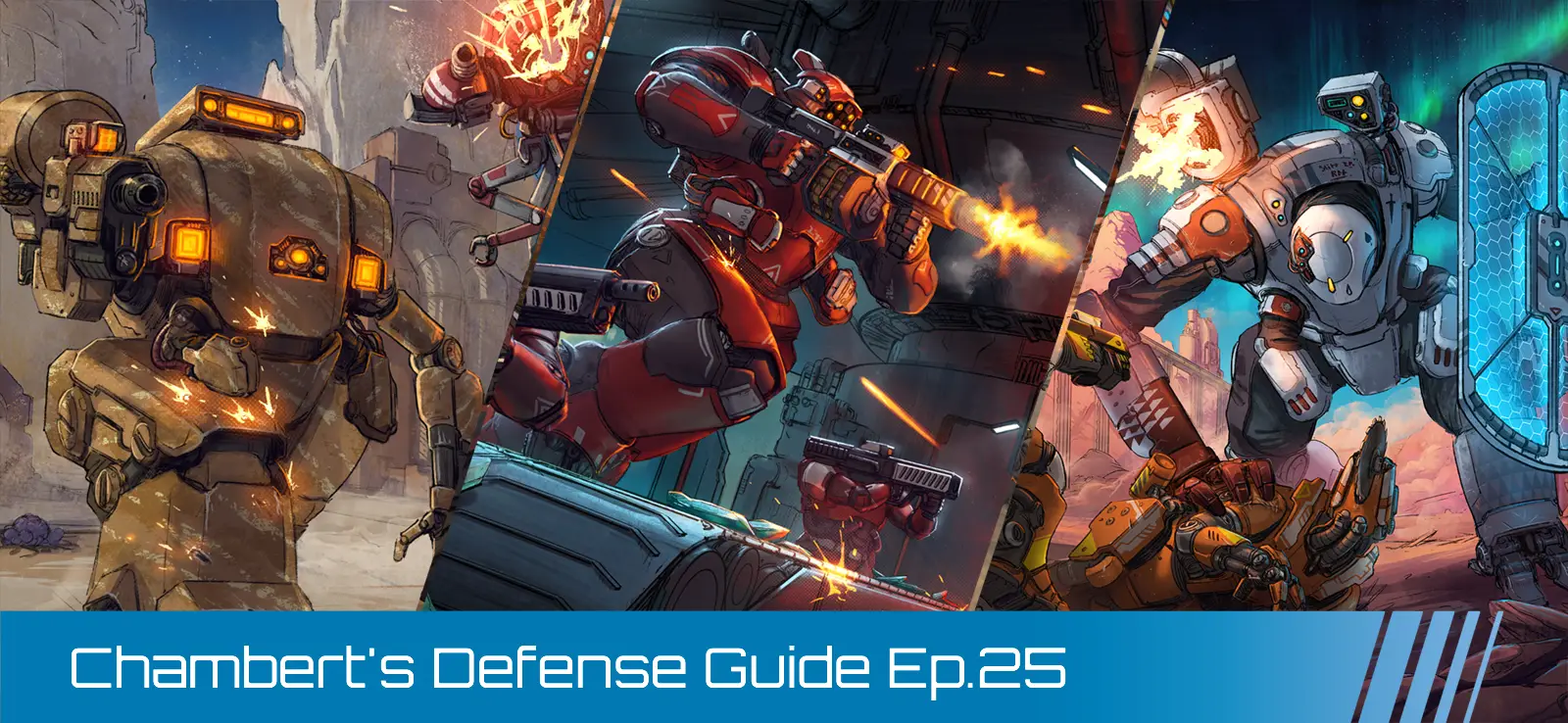
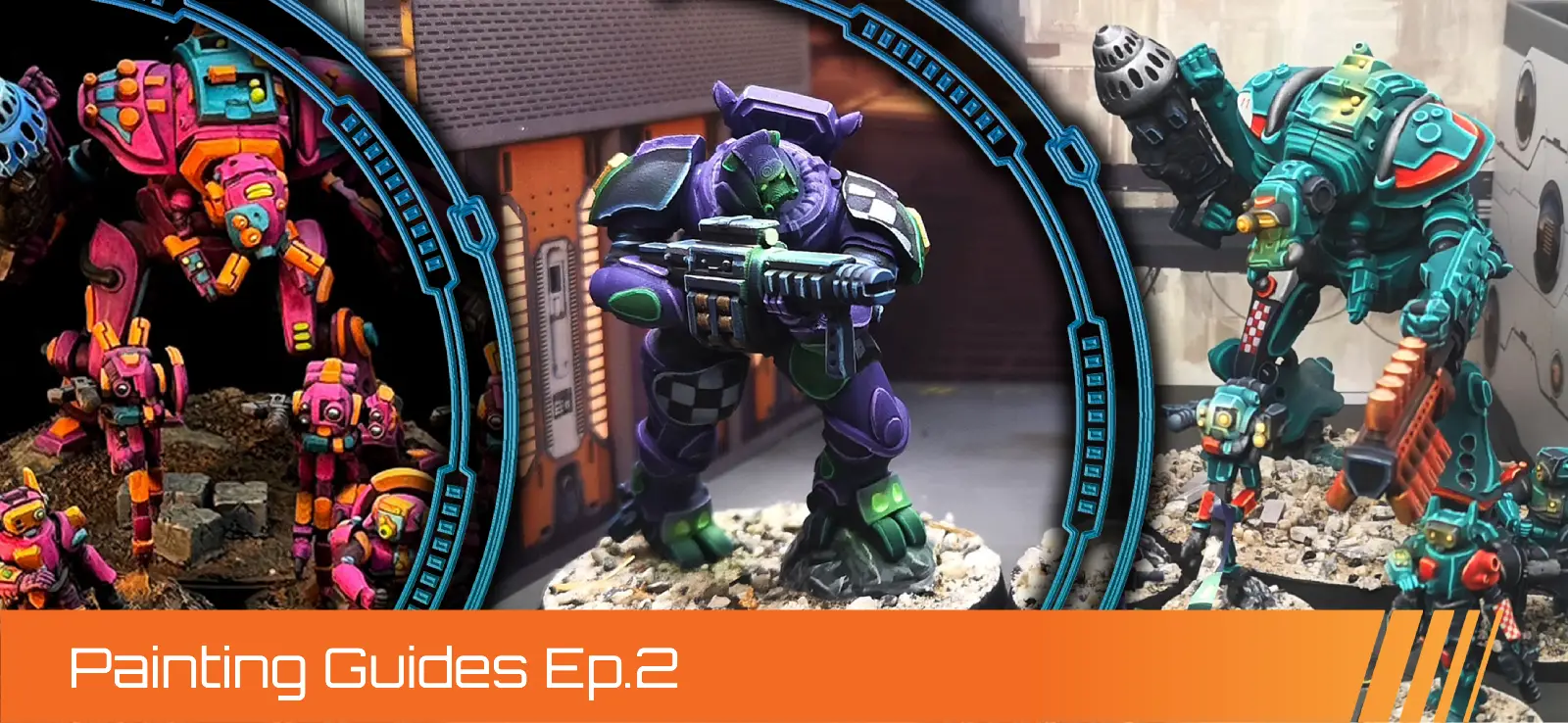
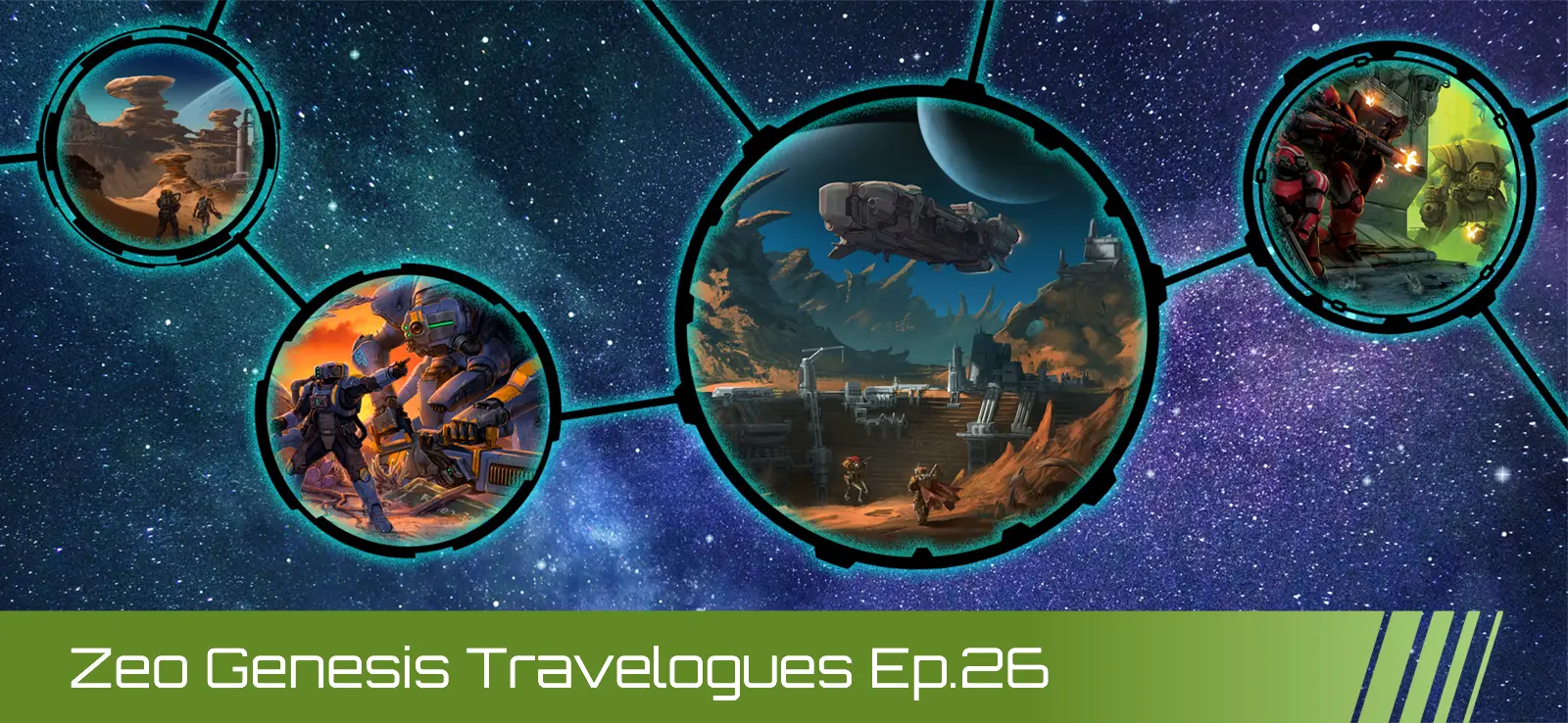
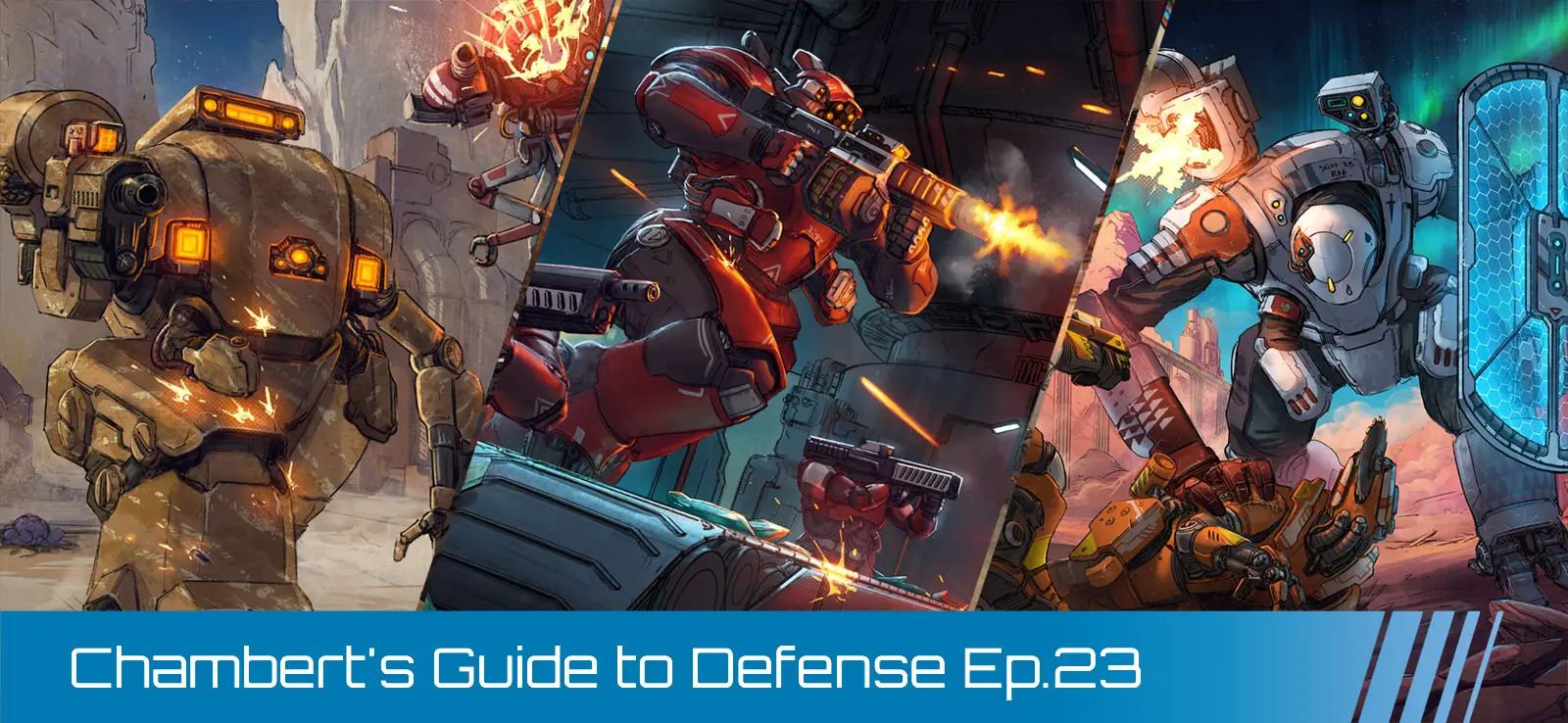

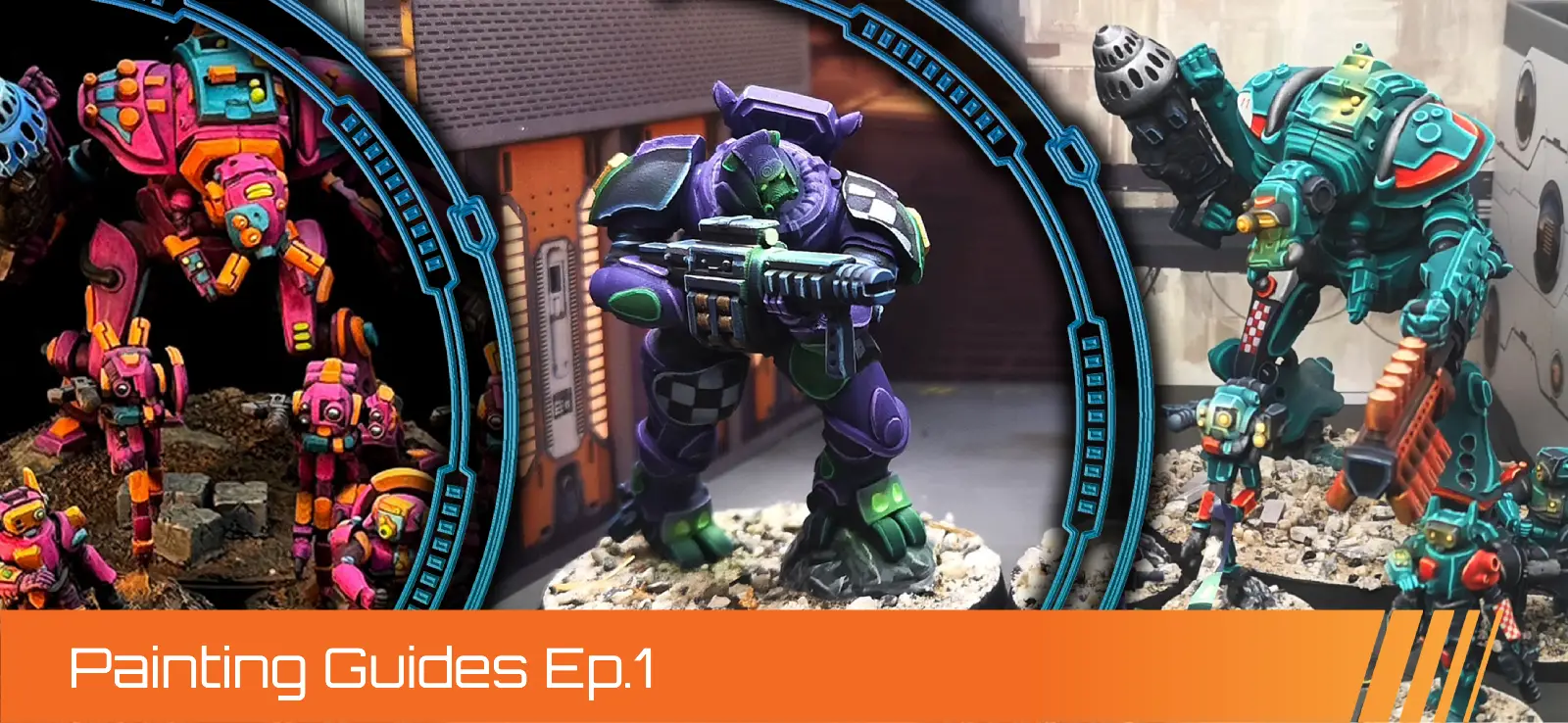
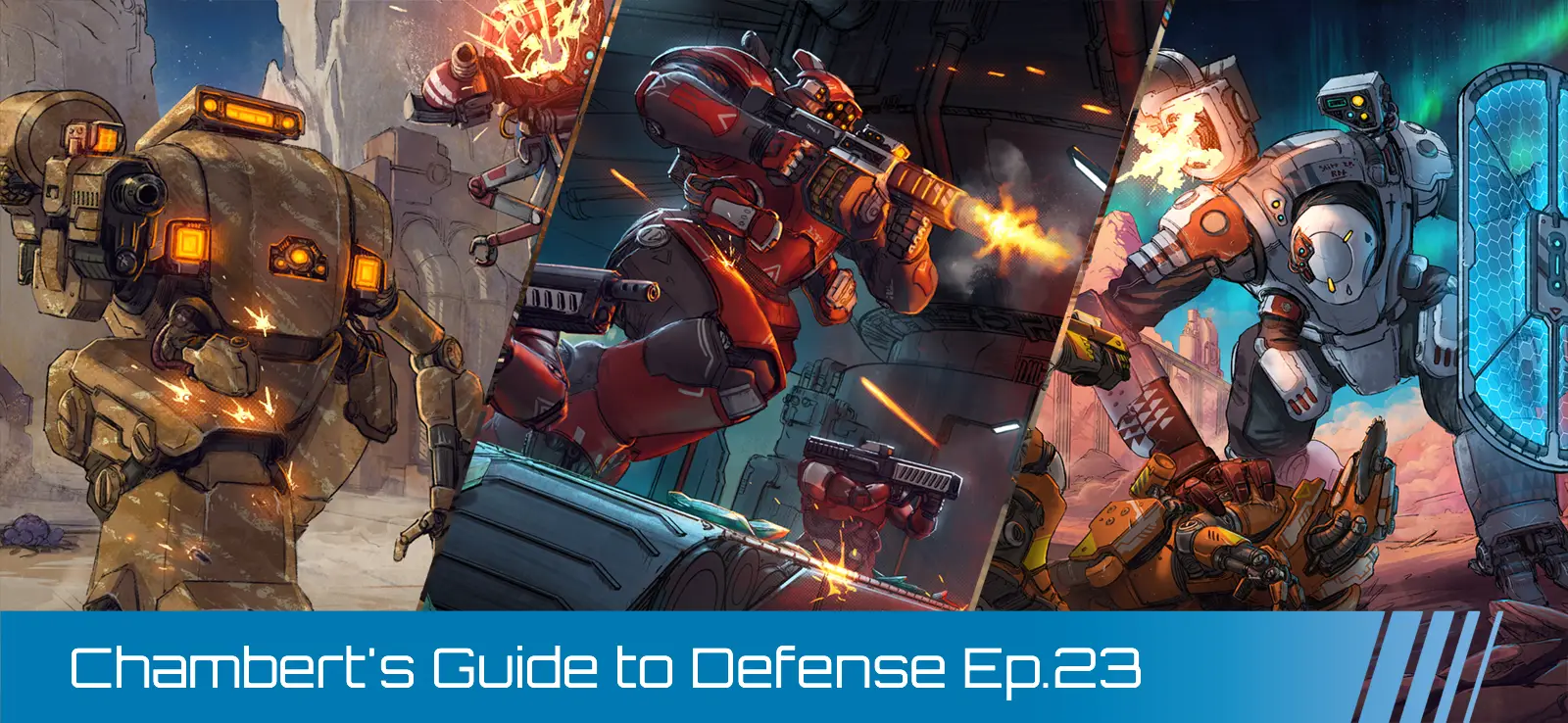
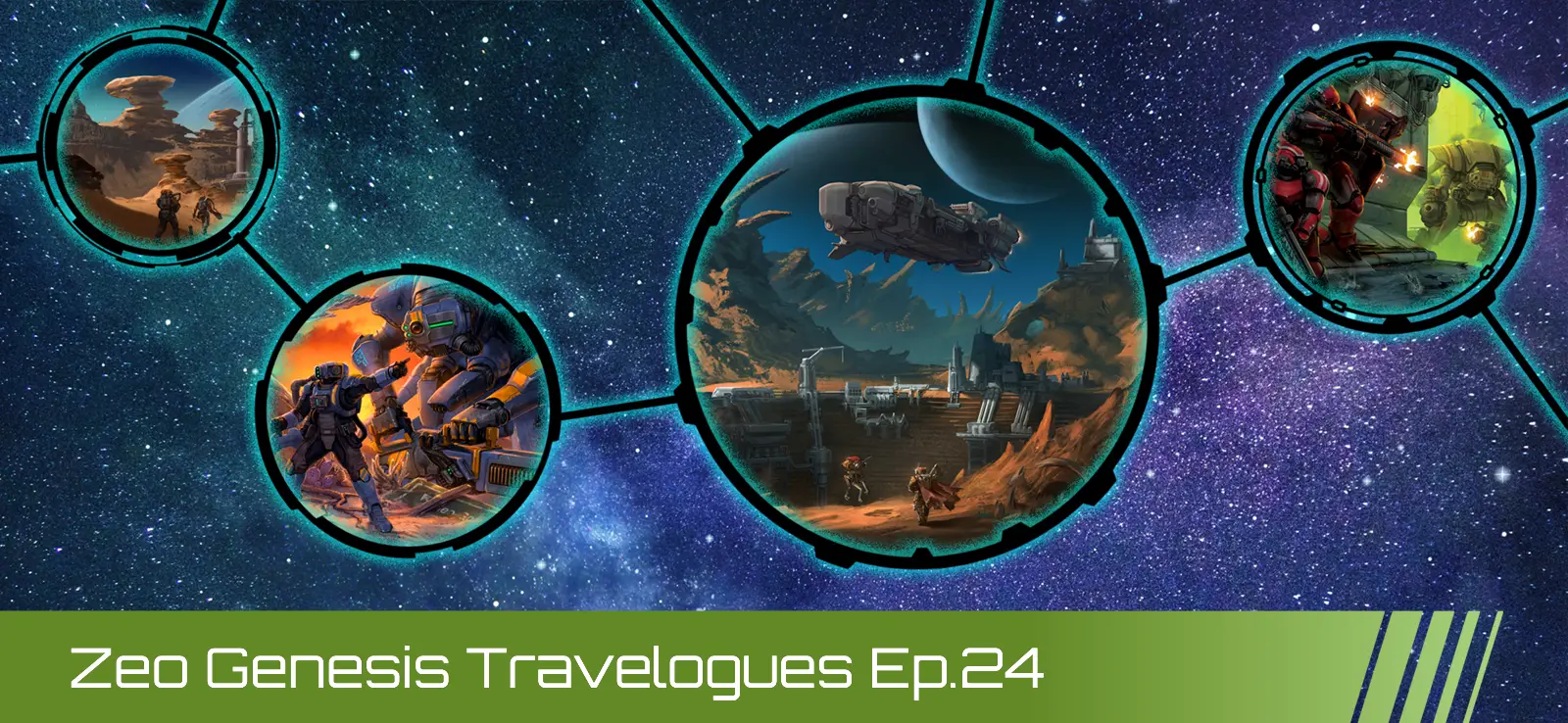
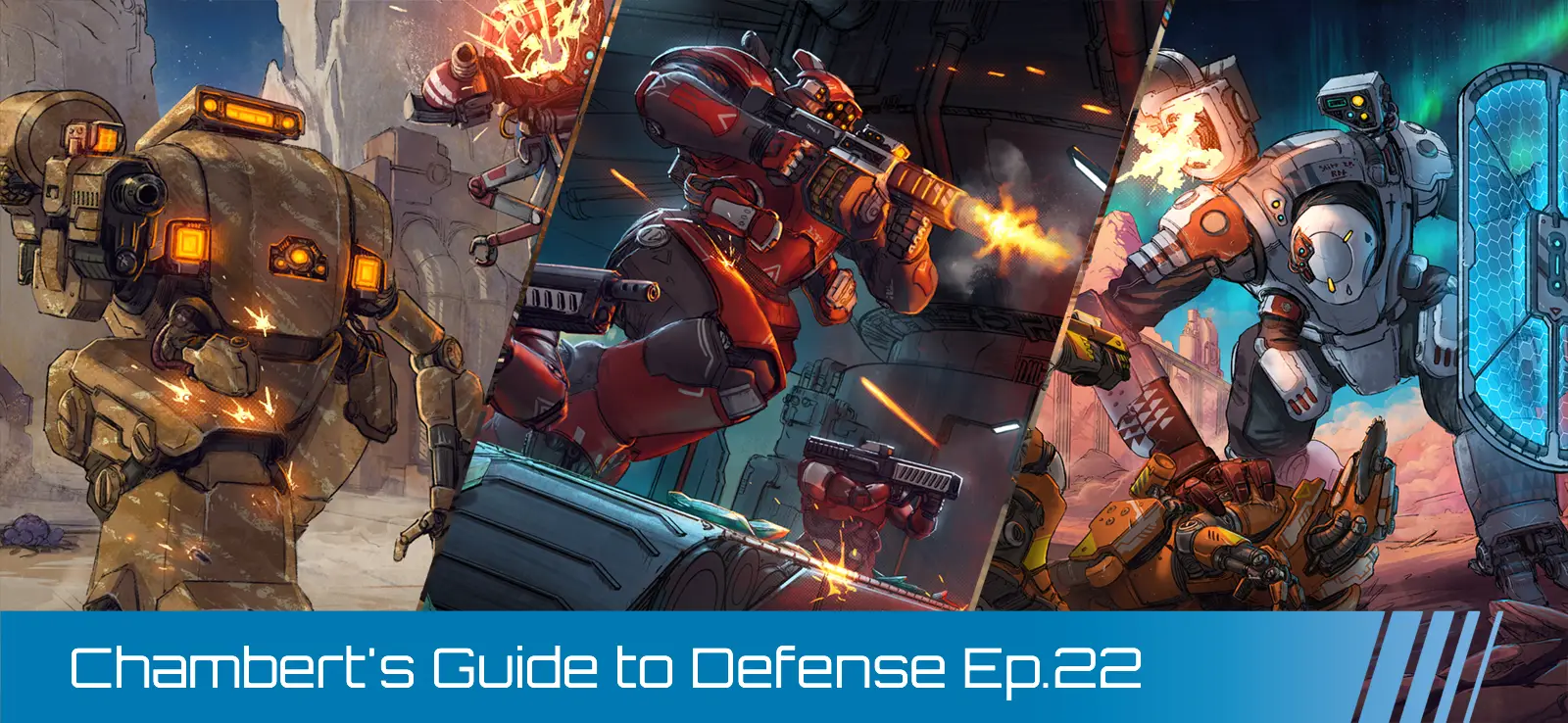
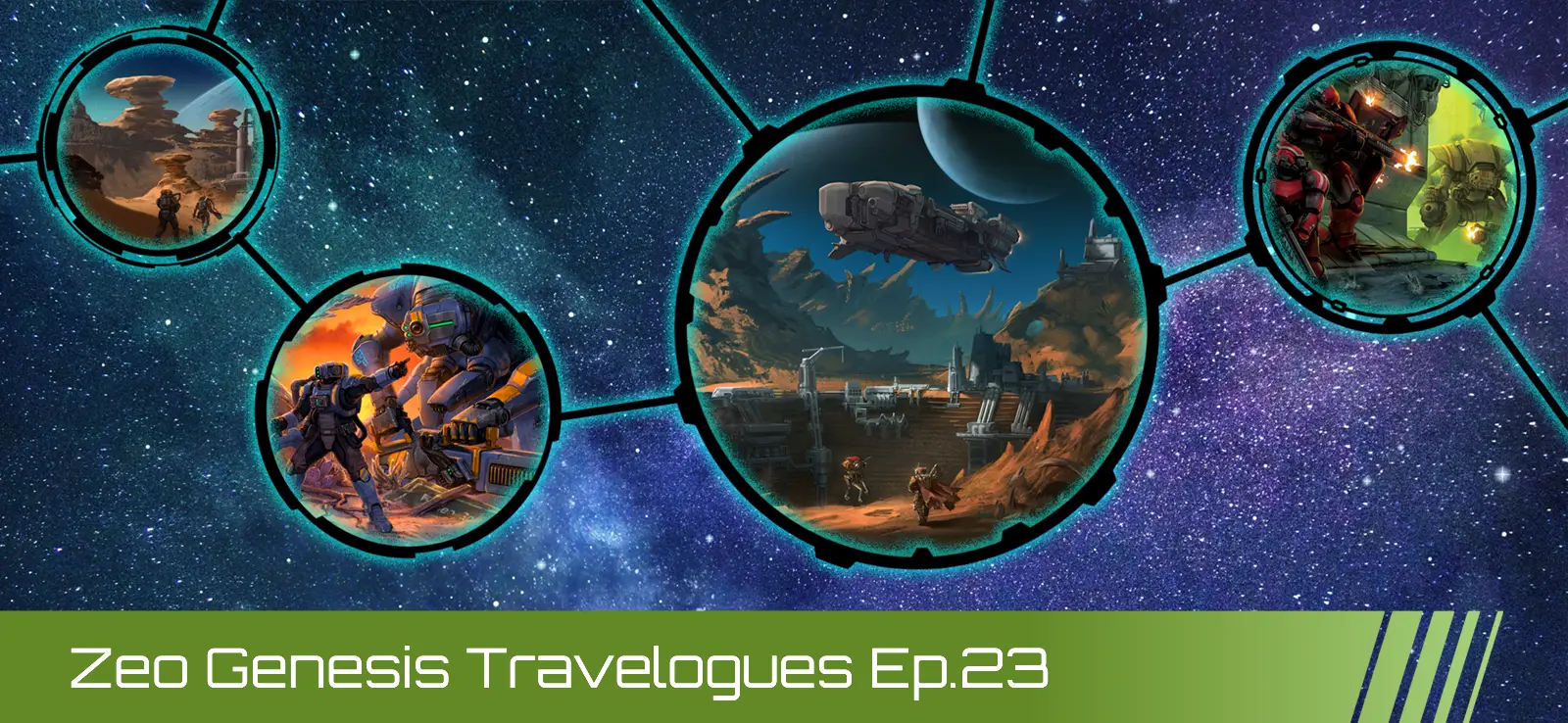
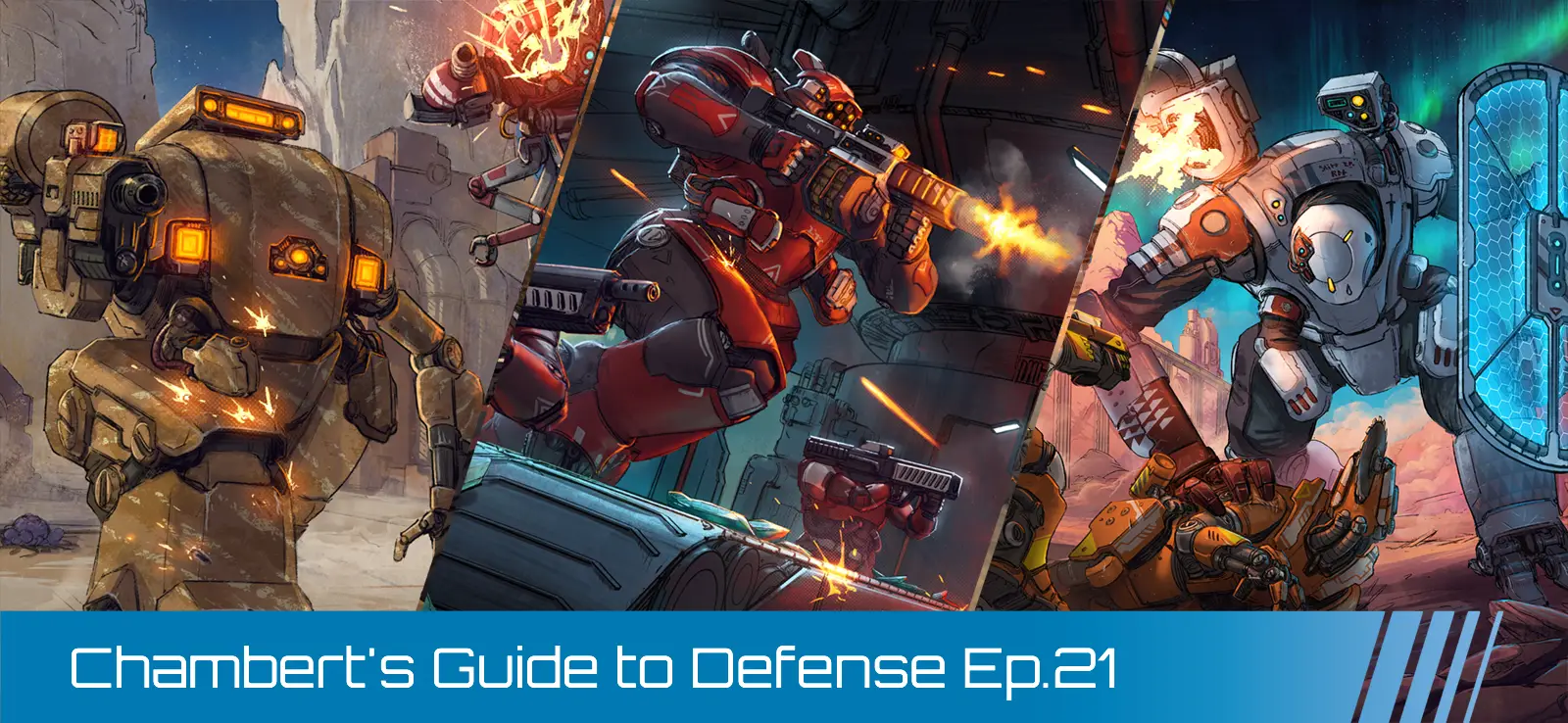
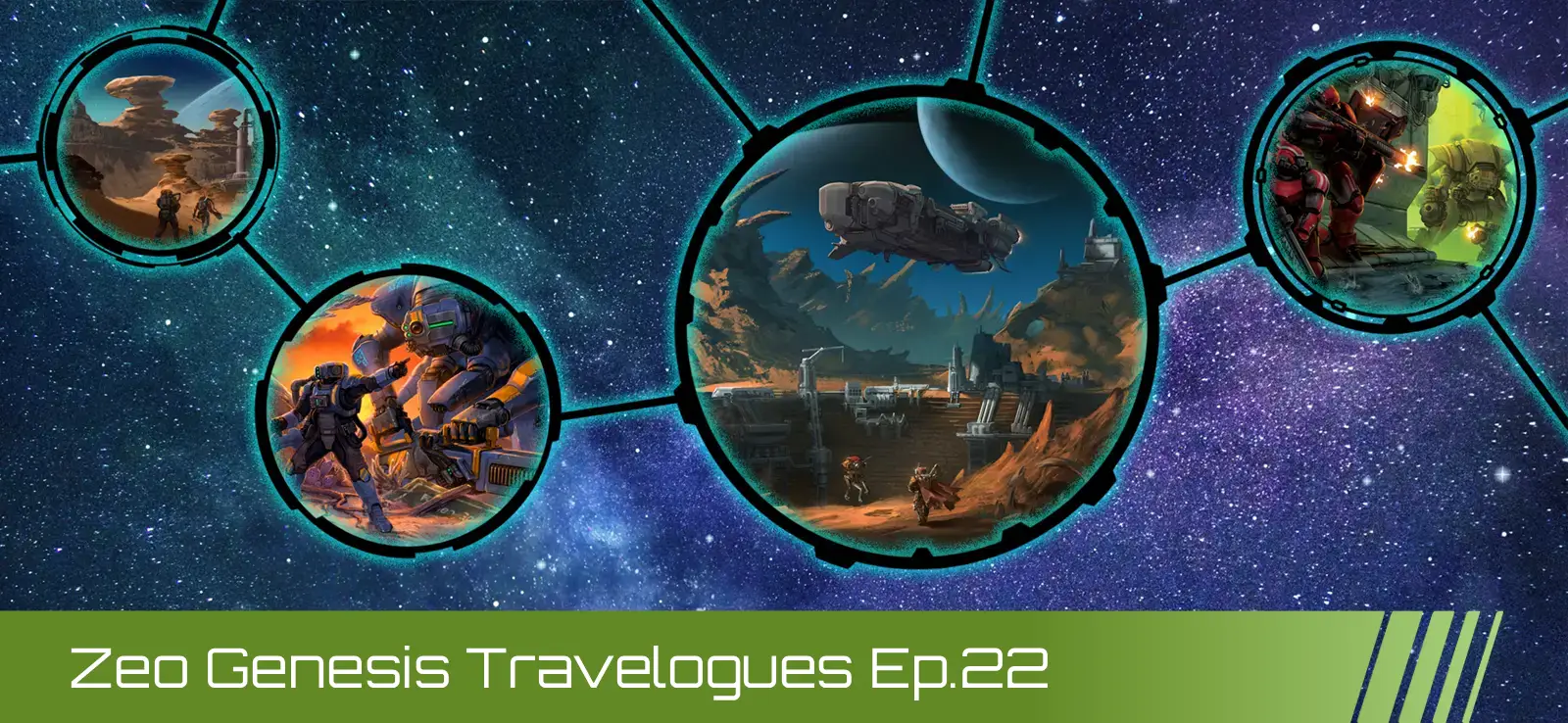
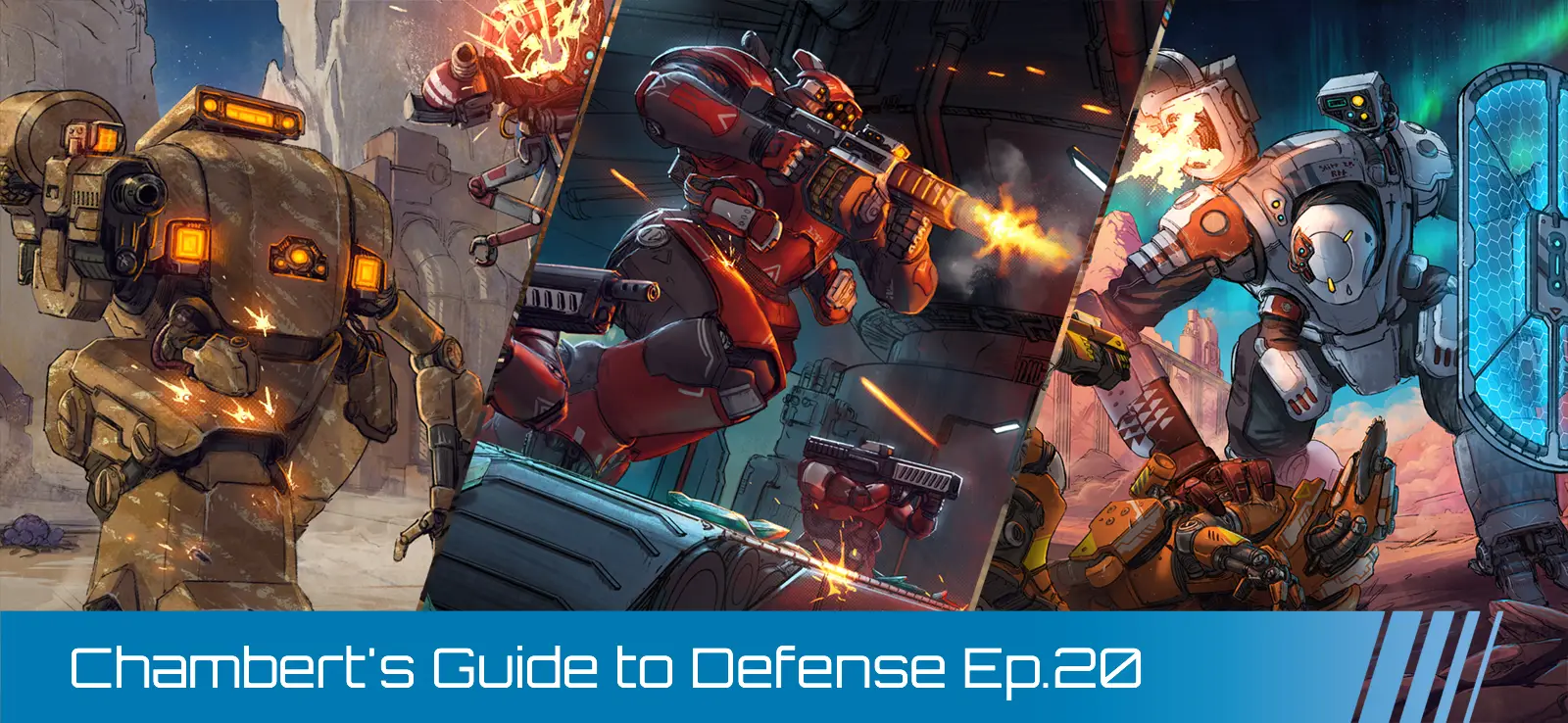
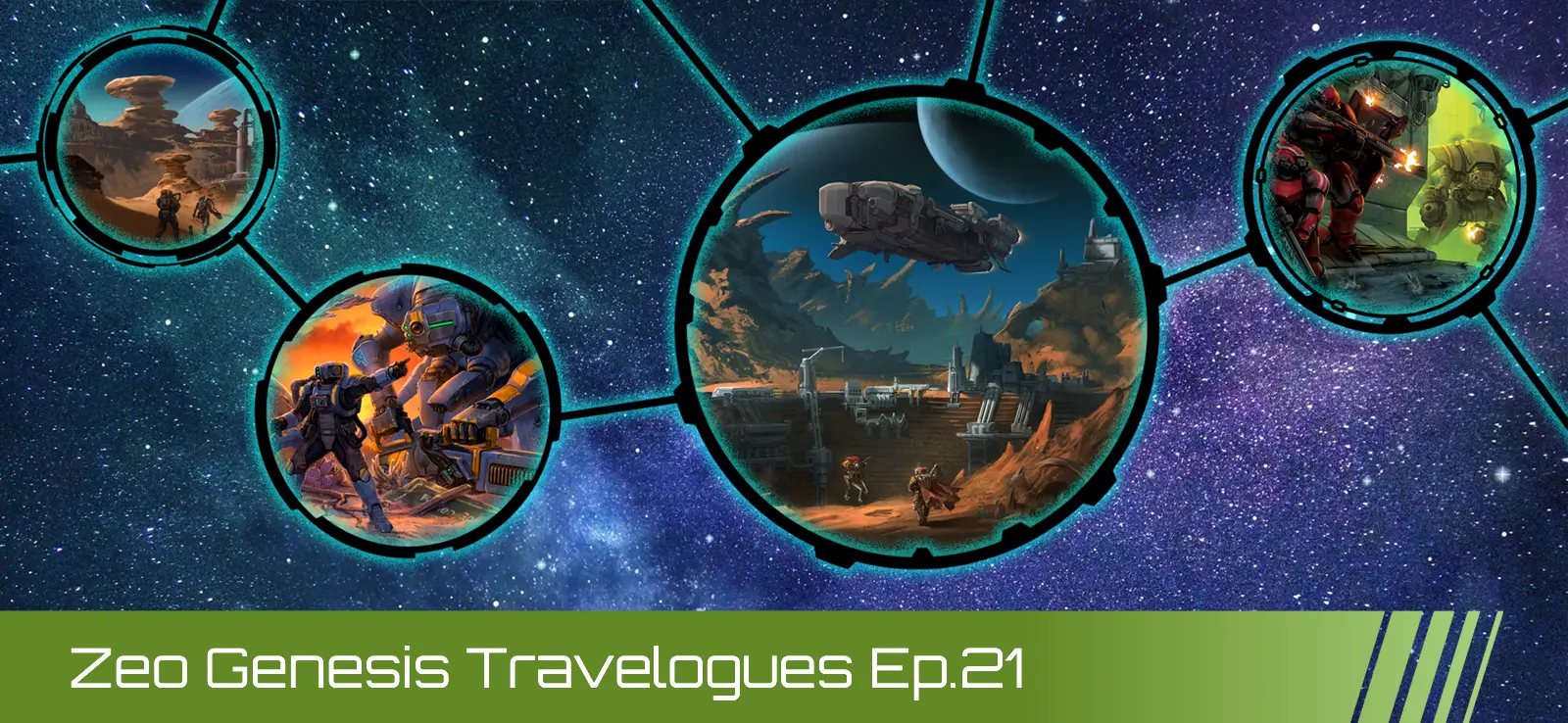
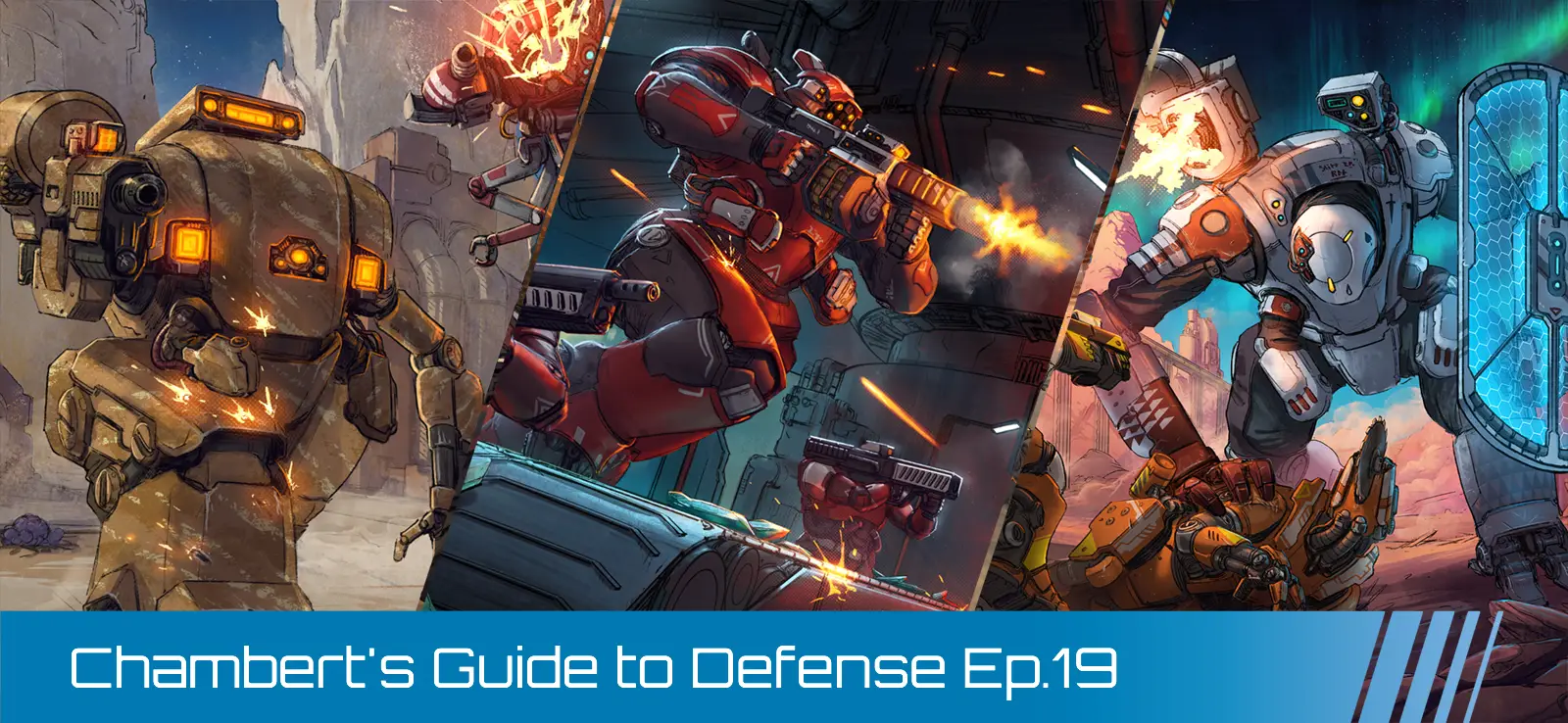



















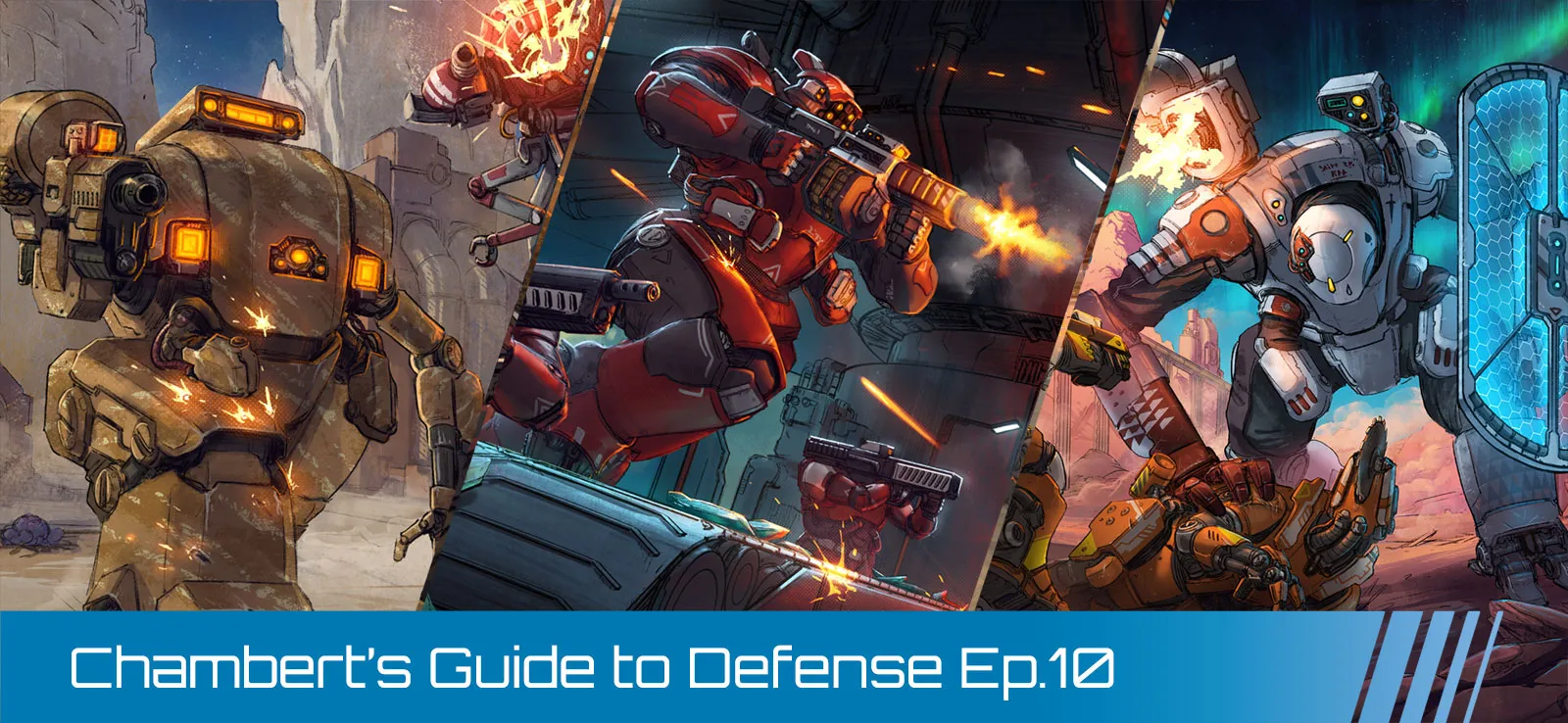














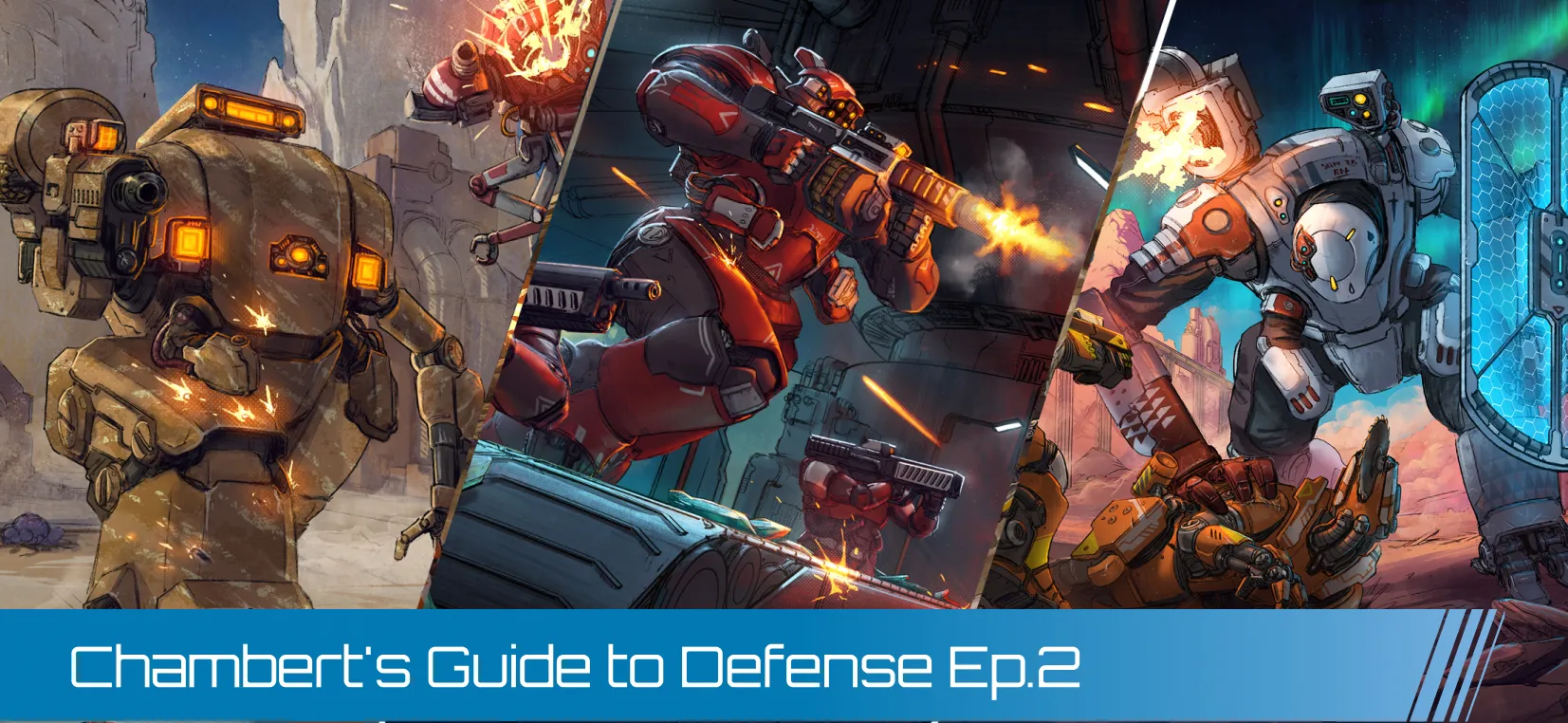



.webp)




